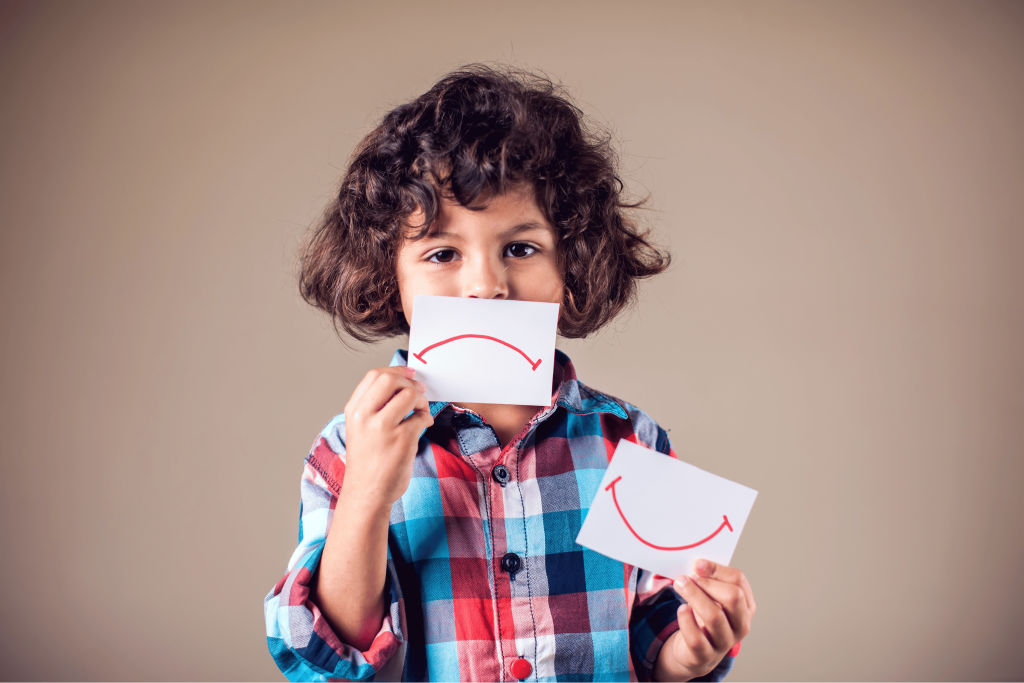Is your child chewing on something all the time? I mean not only food but non-edible objects? While putting things in the mouth is normal for babies and toddlers, sometimes, children past that age are still chewing. We are going to discuss some of the reasons why children may be known to chew on everything.
Normal oral motor development begins prior to birth and continues beyond age three. By age four, most children safely consume solids and liquids without choking. In other words, oral motor development is how we learn to use all of the structures in our mouths to eat and talk.
So, why does my child chew on everything?
Stress and/or Anxiety
The most common reason why children chew is that they are stressed over a thing, person, or situation and this causes them anxiety. Chewing provides proprioceptive input to the jaw that is very calming and organised to our central nervous system. This is similar to when babies suck their thumbs to calm themselves. It is also because chewing is a known motor plan, there is always something they can chew on whether they are safe or not, and with chewing children have control over what they can put into their mouth.
Sensory Needs
Children with sensory processing issues crave sensory input or avoid sensory input. Those children who chew are craving what we call “oral motor input”, which is very calming for the central nervous system, and thus, allows children to keep themselves more regulated throughout the day.
Proprioception
Proprioception is considered the sixth-sense of the body. It is our ability to know where our body is in time and space. To know more about our senses you may refer to Do we have 5, 7 or 8 sensory systems?. When children have difficulties with this, they may seem clumsy (crashing into things, stumbling all the time) and has poor motor control. To regulate themselves, they again, return to chewing as it is familiar to them.
Concentration/Focus
For some children, chewing is an effective way to increase focus and block out other distractions. That’s why you will notice some students chew their pencils and or pen caps during an exam, as an example.
PICA
Pica is the eating or craving of things that are not food. This can be items like paper, hair, clay, sand, etc. If you suspect your child has pica, immediately consult your general practitioner.
Teething
When children have their 6 year molars start to erupt, they chew for relief. And will eventually pass when they have their adult teeth.
G-Tube
Some children with G-tubes still have the urge to chew when feeding. A chew toy or chew jewellery (we love JellyStone Designs’ collection) is recommended.
Boredom/Habit
When children get bored, well then, they chew what is on hand. Or they might chew (especially their fingernails) out of habit.
How can Occupational Therapy help?
Although it can be behavioural, in most cases it is sensory-related. Even if you tell them to stop, they won’t because their body tells them to chew. It is important to have a safe and proper outlet for them to satisfy their sensory needs. Occupational Therapists (OTs) can assess and recommend ways and tools to achieve this. If you want to book an appointment with Happy Dots Occupational Therapy for Children, please call (02) 4959 8920.



